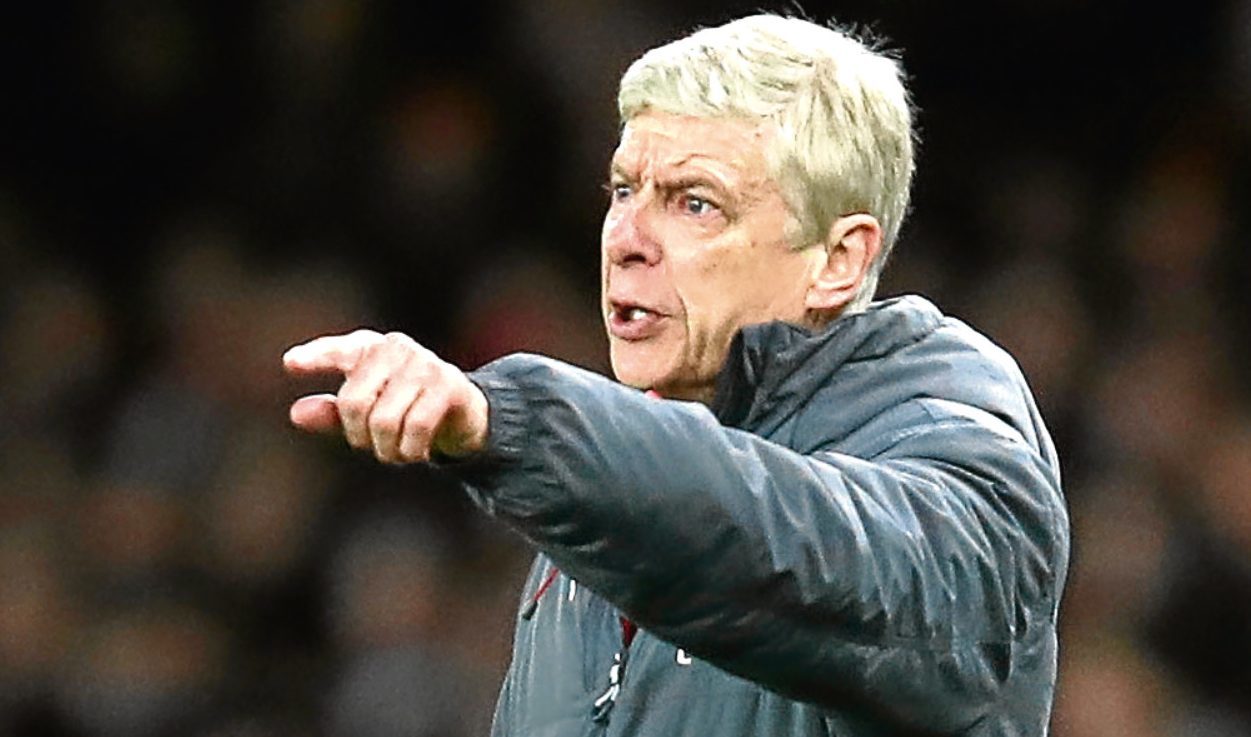
IT’S difficult to shake the feeling that Arsene Wenger is currently presiding over his final chaotic transfer window as Arsenal manager.
Transfer windows have always been problematic for the Gunners boss.
Last summer he called for the January window to be scrapped completely, and now you can see why.
He has had to stand by helplessly while his best player, Alexis Sanchez, has been organising a move to Manchester United.
It’s not the first time that Wenger’s star man has defected to Old Trafford. Robin van Persie did it in 2012.
The previous year he lost Cesc Fabregas to Barcelona, along with Samir Nasri and Gael Clichy to another of his domestic rivals, Manchester City.
In most of these cases, they had been able to leave the Emirates because Arsenal let their contracts run down, allowing players to either depart on a free or for a fee far below their normal market value.
Mesut Ozil and Jack Wilshere are currently in the same situation as Sanchez with their deals expiring in June and eight more of his squad – including Petr Cech, Aaron Ramsey, Olivier Giroud, Danny Welbeck and Nacho Monreal – are in the final year-and-a-half of their contracts.
They lost Alex Oxlade-Chamberlain to Liverpool in August, after he’d entered his last year, and Theo Walcott to Everton last week with18 months left on his deal.
And Wenger alone is responsible for this situation. Unlike most other top managers, his fingerprints are on every facet of the way the club is run.
It’s been the Frenchman’s stubbornness that permitted Sanchez and Ozil, his two biggest assets, to potentially become worthless.
For two years he has steadfastly repeated that Sanchez would not leave, that he’d sign a new deal, that he was committed to the club.
Ozil and Wilshere may or may not follow the Chilean out of the door on free transfers in the summer, but all the signs are that Arsenal are no longer a major attraction for the world’s top players.
Wenger’s on-field management has been uninspiring over the last decade as the club have settled for Champions League qualification and a few FA Cups, although this season it’s been the Europa League and a third-round knock-out for the first time in Wenger’s career.
But now his off-field management is being questioned. How could someone of his experience allow such a shambles to develop where top players walk out and join rivals for next to nothing?
Arsenal are further away from winning the Premier League, or the Champions League, than at any time in Wenger’s 22 years at the club.
But the consolation had always been that they were a well-run club.
After yesterday’s performance, who would bet against the Frenchman getting them back on an even keel again?

Enjoy the convenience of having The Sunday Post delivered as a digital ePaper straight to your smartphone, tablet or computer.
Subscribe for only £5.49 a month and enjoy all the benefits of the printed paper as a digital replica.
Subscribe